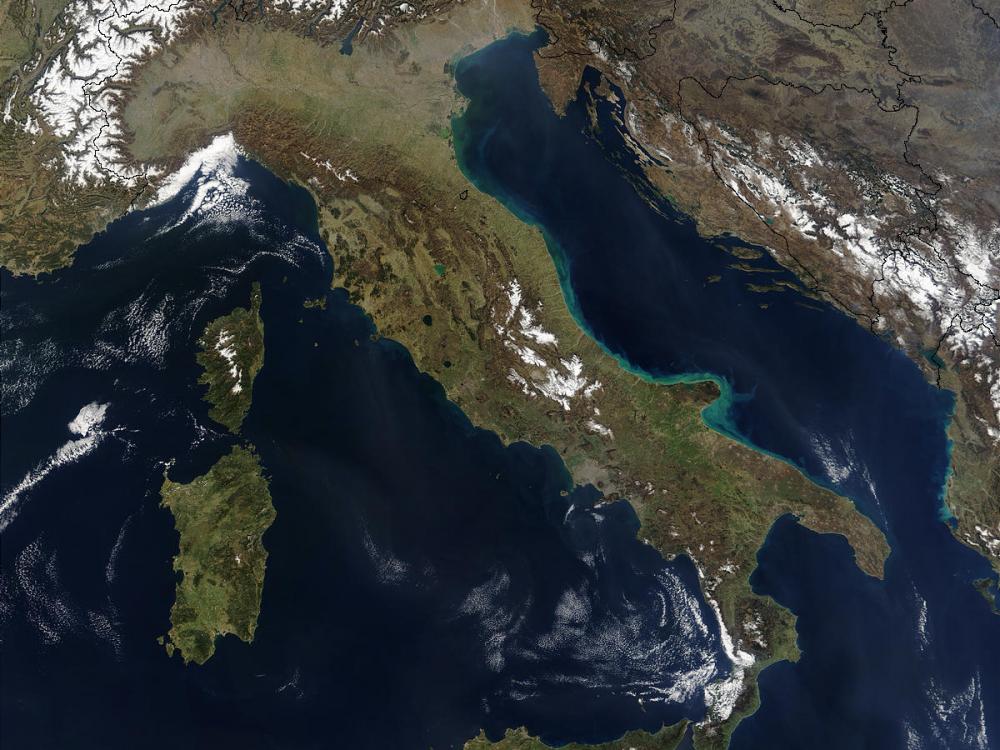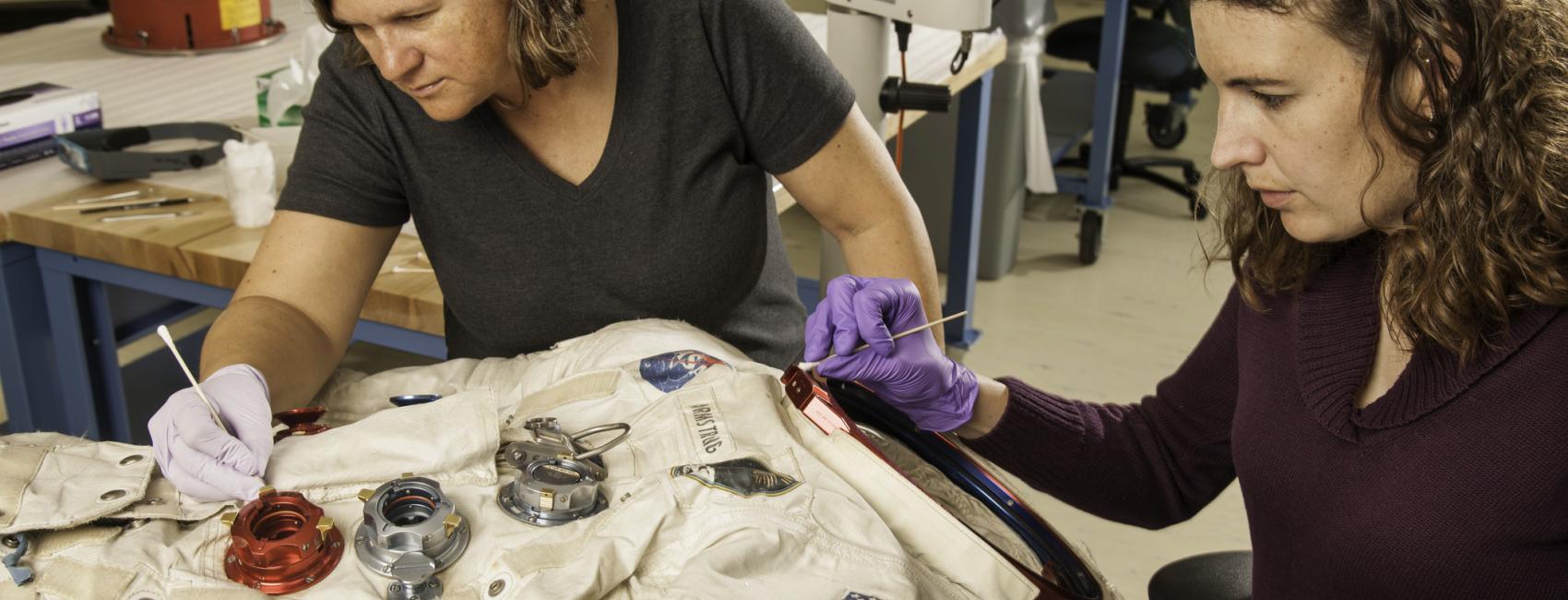
Where in the World?
Nov 17, 2017

Nov 17, 2017
Can you identify this body of water? (For the answer, read on.)
You sit down on your couch and turn on your television--the signal that you receive may very well be from a satellite, in orbit hundreds of miles above your living room. Thousands of artificial, man-made satellites are currently orbiting the Earth, for a range of purposes from communications broadcasts (like television) to scientific weather tracking.
Many of the satellites traveling around the Earth are recording orbital imagery of our planet from space. These images are immensely valuable for tracking environmental changes and patterns over time. For example, looking at satellite images allows scientists to track how ice shelves and glaciers around the world are changing. These geographic images are being used to observe hurricanes, monitor crops, track temperatures, and even measure the ozone layer.
Get a more in-depth look at orbital imagery during National Geography Awareness Week. Established by the National Geographic Society, Geography Week was created to foster improved geographic literacy and an understanding of geography’s role in daily life. At the National Air and Space Museum, each year we celebrate the week with Geography From Space, a fun game in which you can identify geographic features on images from different satellites orbiting the Earth. You can try it out online or at our National Mall building today from 10 am to 3 pm. As for the image above, if you guessed the Persian Gulf, you’re right!

We rely on the generous support of donors, sponsors, members, and other benefactors to share the history and impact of aviation and spaceflight, educate the public, and inspire future generations. With your help, we can continue to preserve and safeguard the world’s most comprehensive collection of artifacts representing the great achievements of flight and space exploration.
We rely on the generous support of donors, sponsors, members, and other benefactors to share the history and impact of aviation and spaceflight, educate the public, and inspire future generations. With your help, we can continue to preserve and safeguard the world’s most comprehensive collection of artifacts representing the great achievements of flight and space exploration.